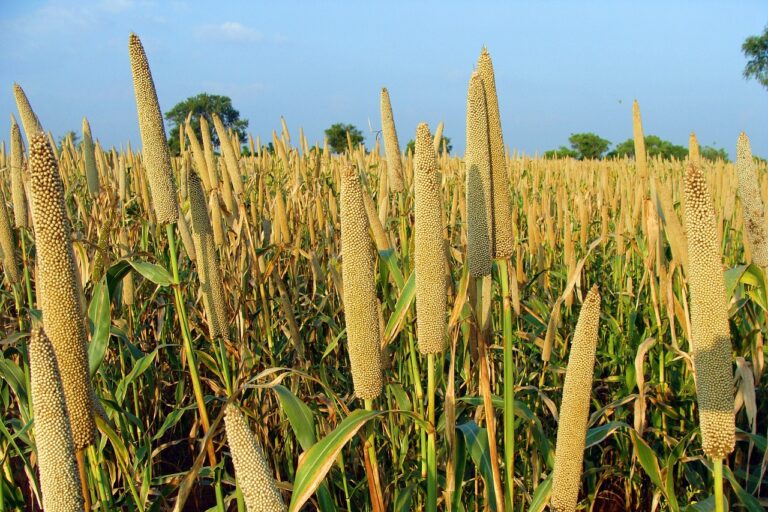Is Millet truly gluten free grain:
Absolutely! Millet is indeed a gluten-free grain. This means it doesn’t contain the protein called gluten that some people might need to avoid due to certain health reasons. Millet can be a wonderful addition to your meals if you’re looking for grains that don’t have gluten. It’s not only safe for those with gluten sensitivities but also brings a range of nutrients to your plate. So, go ahead and enjoy millet as part of your daily diet without worrying about gluten!
what is Millet:
Millet refers to a group of small-seeded grasses that are cultivated as cereal crops. They are highly nutritious grains that have been consumed by humans for centuries. Millets are known for their gluten-free nature and are used as a staple food in various parts of the world. They come in several varieties, such as pearl millet, foxtail millet, proso millet, finger millet (ragi), and little millet, each with its own unique nutritional profile and culinary uses. Millets are valued for their versatility, resilience in different growing conditions, and health benefits due to their high fiber, protein, and mineral content.
Types of Millet

Certainly, here are some types of millet:
Pearl Millet (Bajra): Known for its drought resistance and widely consumed in India and Africa.
Foxtail Millet: Small-grained millet rich in minerals and popular in Asian cuisine.
Proso Millet (White Millet): A versatile millet with a mild flavor, used in both human and bird diets.
Finger Millet (Ragi): Rich in calcium and iron, often used in porridges and baked goods.
Little Millet: Small and nutritious, often used as a rice substitute and in traditional dishes.
Barnyard Millet: Quick-cooking millet used in various cuisines as a rice alternative.
Kodo Millet: Nutritious and gluten-free, common in South Indian cooking.
Sorghum (Jowar): A broader category, sorghum is another type of millet used for food, fodder, and more.
Each type of millet has its unique qualities and uses in various culinary traditions.
Can We Add Millet in Our Daily Life?
Include Millet in Your Daily Meals: Millet is a nutritious gluten-free grain that offers various health benefits.
Boost Your Nutrition: Millet is rich in fiber, vitamins, and minerals, making it a great addition to your diet.
Versatile Usage: Use millet in breakfast porridges, salads, or as a rice alternative in your main meals.
Watch for Thyroid Issues: However, be mindful if you have thyroid concerns, as millet contains compounds that can affect thyroid function.
Consult a Professional: If you have thyroid issues, it’s best to consult a healthcare professional before adding millet to your diet.
Balanced Approach: Like any food, moderation is key. Enjoy millet alongside a well-balanced diet for optimal results.
Exploring Nutritious Alternatives to Millet in Your Diet
Barley:
Barley, although not suitable for gluten-sensitive diets, boasts exceptional health benefits due to its rich nutrient profile. Packed with fiber, vitamins, and minerals, barley offers a nourishing option for those without gluten restrictions. Its heartiness and nutritional value make it a commendable addition to balanced eating.
Almond flour:
Almond flour, a gluten-free gem, shines as an incredibly nutritious option. Packed with protein, healthy fats, and essential minerals, almond flour offers a wholesome choice for gluten-sensitive individuals. Its nutritional richness and culinary flexibility make it a valuable asset in gluten-free diets.
Quinoa:
Quinoa, a gluten-free grain, stands as a nutritional powerhouse. Bursting with complete protein, essential amino acids, and dietary fiber, quinoa offers a holistic approach to health-conscious eating. Its versatility and rich nutrient content make it a prized addition to gluten-free diets.
